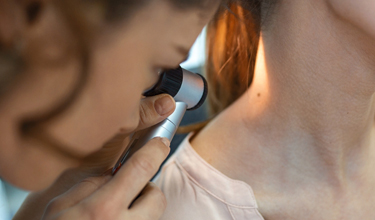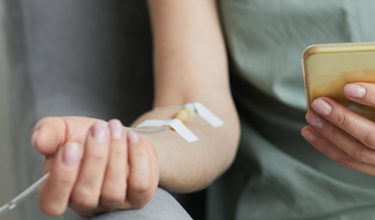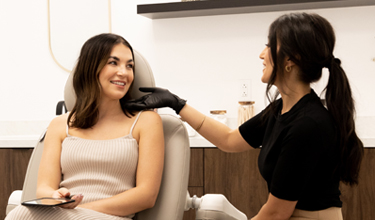Platelet Rich Plasma (PRP) for Hair Loss
Hair loss has a significant impact on self-esteem and confidence, in both men and women. It can cause social anxiety, depression, and body image issues. It can also result in sun damage on the scalp and affect the regulation of body temperature.
What is platelet-rich plasma (PRP)?
Platelet-rich plasma is a blood-derived product containing a higher concentration of platelets than typically found in the blood. Platelets play a crucial role in blood clotting and wound healing. They contain a variety of growth factors and other bioactive proteins that can stimulate tissue repair and regeneration and improve the blood supply to the scalp.
How does PRP treatment work?
PRP treatment for hair loss stimulates dormant hair follicles to grow hair. It may take up to six months to stimulate inactive hair follicles to enter the growth phase and grown new hair.
What is the procedure?
A small amount of blood is taken from the patient’s arm and processed to separate the blood into different components, including red blood cells, white blood cells, plasma, and platelets. The platelet-rich plasma is then extracted, resulting in a concentration of platelets that is several times higher than what is usually found in blood.
The scalp is cleaned and numbed with a local anesthetic. Then PRP is injected into the scalp in the areas to be treated. There is no downtime, and minimal side effects such as swelling which typically resolves within the first 48 hours.
What types of hair loss can be treated with PRP?
PRP therapy has been shown to be effective in treating certain types of hair loss including:
- Androgenetic alopecia: PRP therapy has been shown to be effective in treating androgenetic alopecia, which is the most common type of hair loss in men and women, affecting about 80 million Americans. It is also known as pattern hair loss.
- Alopecia areata: This type of hair loss occurs when the immune system attacks hair follicles causing them the hair to fall out. PRP therapy can be used to stimulate hair growth in people with mild to moderate alopecia areata. This type of hair loss affects about 70 million men and women in the U.S.
- Telogen effluvium: PRP therapy may also be effective in treating telogen effluvium, which is a type of hair loss caused by stress, hormonal changes, or medication. Therapy can help to stimulate hair growth and improve the thickness of existing hairs.
- Traction alopecia: PRP therapy can help stimulate hair growth in people with traction alopecia, which is caused by repetitive tension on the hair such as braids, weaves and tight pony tails.
How many treatments are needed?
Hair grows in cycles so a number of treatments will be necessary. The number of PRP treatments recommended for hair will vary depending on the individual and the severity of their hair loss. In general, a series of 3-4 PRP treatments spaced 4-6 weeks apart is typically recommended for optimal results.
After the initial series of treatments, maintenance treatments may be recommended to help maintain the results. The frequency of maintenance treatments can vary depending on the individual and their response to treatment.
It’s important to discuss your concerns and aesthetic goals with Dr. Sheila Farhang at her Tucson office at Avant Dermatology. She will help you determine whether PRP therapy is right for you.







 / 291 Reviews
/ 291 Reviews
socialize with avant
#naturalskin